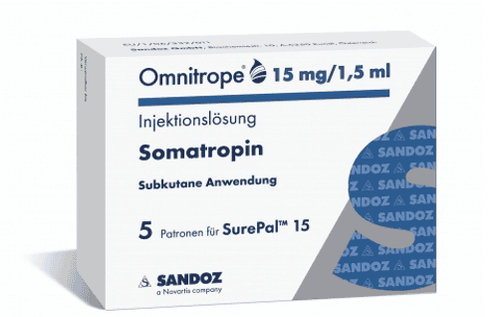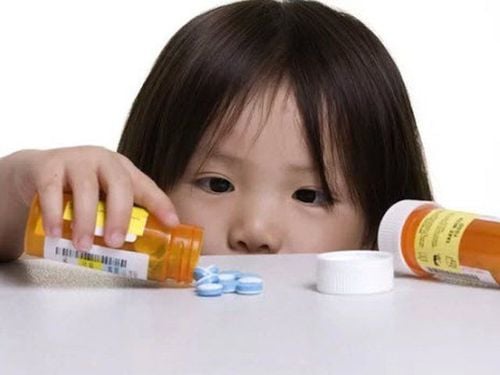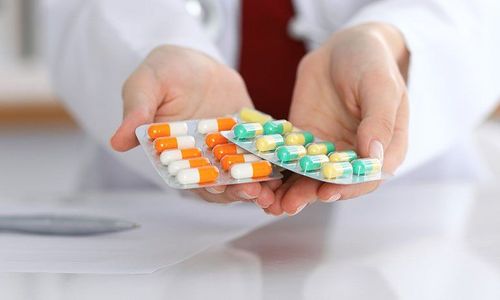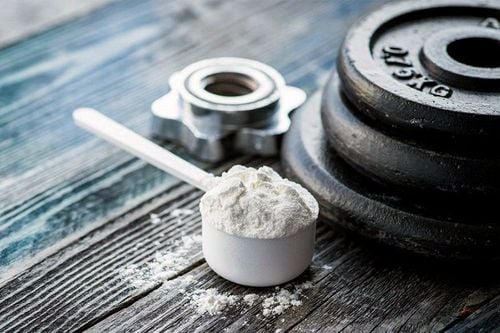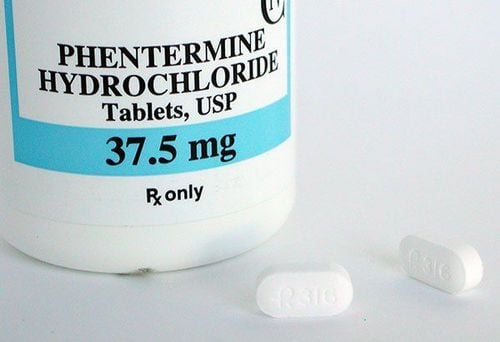This is an automatically translated article.
Most serious athletes will tell you that the drive to win is fierce. Aside from personal achievement satisfaction, athletes often pursue their dreams of winning a medal for their country or securing a spot on a professional team. In such an environment, the use of performance-enhancing drugs is becoming increasingly common.
1. Performance Enhancer
Use of performance-enhancing drugs (doping) can carry many risks. Take the time to learn about the potential benefits, health risks, and many unknowns associated with so-called performance-enhancing drugs such as anabolic steroids, androstenedione, human growth hormone. , erythropoietin, diuretics, creatine and stimulants. You may decide that the benefits are not worth the risk.
2. Anabolic steroids
Some athletes use a form of steroid - called anabolic-androgenic steroids or just anabolic steroids - to increase their muscle mass and strength. The main anabolic steroid hormone produced by your body is testosterone.
Testosterone has two main effects on your body:
The anabolic effect promotes muscle building. The male hormone effect is responsible for male characteristics, such as facial hair and a deeper voice. Some athletes take straight testosterone supplements to boost their performance. The anabolic steroids used by athletes are usually synthetic regulators of testosterone.
These hormones have been approved for medical use. But improving athletic performance isn't one of them.
Why are these drugs attractive to athletes? In addition to being a muscle-booster, anabolic steroids can reduce muscle damage that occurs during hard training, help athletes recover from a workout faster, and allow them to train harder. and more often. Some athletes, as well as non-athletes, may like the muscular look they get when they take the drug.
Risks
Many athletes take anabolic steroids at doses much higher than those prescribed for medical reasons. Anabolic steroids have serious physical side effects.
Men can grow:
Prominent breasts Shrinking testicles Dryness Prostate enlargement Women can grow:
Deeper voice, possibly irreversible Enlarged clitoris, yes May be irreversible Increased body hair Baldness, possibly irreversible Irregular or absent periods
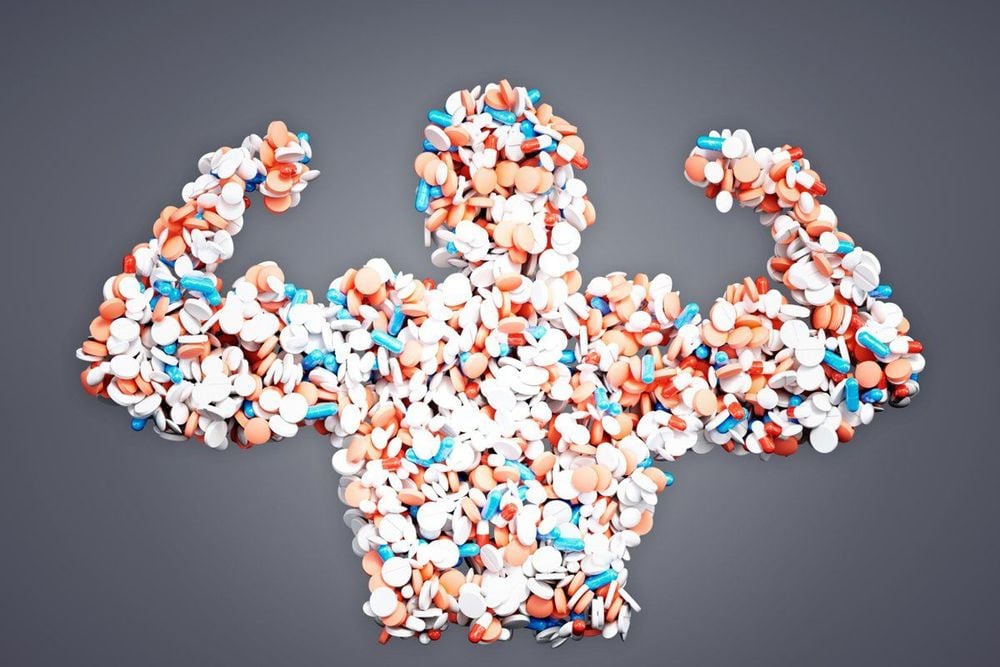
Steroid đồng hóa được sử dụng nhiều để điều chỉnh tổng hợp của testosterone
Both men and women can experience:
Severe acne Increased risk of tendonitis and tendon rupture Liver abnormalities and tumors Increased low-density lipoprotein (LDL) cholesterol (the "bad" cholesterol) Decreased lipoprotein cholesterol high-density lipoprotein (HDL) ("good" cholesterol) High blood pressure Heart and blood circulation problems Aggressive, angry, or violent behavior Mental disorders, such as depression Drug dependence Infections or diseases diseases such as HIV or hepatitis if you are receiving injections Growth and development are inhibited, and there is a risk of future health problems in teenagers Most sports organizations prohibit the use of copper steroids chemicals-androgens to enhance athletic performance - and that's illegal.In the past 20 years, more effective law enforcement in the United States has pushed much of the illegal steroid industry into the market. black market.
This poses additional health risks as the drugs are made in other countries and smuggled or manufactured in laboratories secrecy in the United States. Either way, they don't follow government safety standards and may be impure or mislabeled.
3. Androstenedione
Androstenedione (andro) is a hormone produced by the adrenal glands, ovaries, and testes. It's a hormone that is normally converted to testosterone and a form of estrogen (estradiol) in both men and women.Andro is legally available by prescription only and is a controlled substance. Its use as a performance-enhancing drug is illegal in the United States.
Manufacturers and fitness magazines praise andro's ability to allow athletes to train harder and recover faster. Scientific studies that disprove these claims show that androstenedione supplements don't increase testosterone and your muscles don't get stronger with andro use.
Risks
Side effects of andro in men include:
Acne Decreased sperm production Shrinking of testicles Enlargement of breasts In women, side effects include:
Acne Virilization, such as deepening of voice and male pattern baldness In both men and women, andro can damage the heart and blood vessels, increasing the risk of heart attack and stroke.

Androstenedione không được khuyến khích sử dụng như một loại thuốc tăng cường hiệu suất tập luyện
4. Human Growth Hormone
Human growth hormone a hormone with an anabolic effect. Athletes use it to improve muscle mass and performance. However, it has yet to be shown to improve strength or endurance.
Human Growth Hormone is available by prescription only and is administered by injection.
Risks
Human growth hormone-related side effects are serious and can include:
Joint pain Muscle weakness Fluid retention Diabetes Vision problems Carpal tunnel syndrome Glucose regulation impaired heart enlargement High blood pressure (hypertension)
5. Erythropoietin
Erythropoietin a hormone used to treat anemia in people with severe kidney disease. It increases the production of red blood cells and hemoglobin - the protein that carries oxygen to your organs.
Taking erythropoietin improves the movement of oxygen to the muscles. Epoetin, a synthetic form of erythropoietin, is commonly used by endurance athletes.
Risks
Use of erythropoietin among competitive cyclists was common in the 1990s and is believed to have contributed to at least 18 deaths. Inappropriate use of erythropoietin can increase the risk of stroke, heart attack, and blockage of arteries in the lungs (pulmonary embolism).
6. Diuretics
Diuretics, drugs that change your body's natural balance of fluids and salts (electrolytes), can lead to dehydration. This dehydration can reduce the athlete's weight, which is preferred by many athletes. Diuretics can also help athletes pass drug tests by diluting their urine and are sometimes considered a "face mask".
Risks
Diuretics taken at any dose, even medically recommended doses, expose athletes to side effects such as:
Dehydration Muscle cramps Dizziness Potassium deficiency Hypoglycaemia pressure Loss of coordination and balance Death
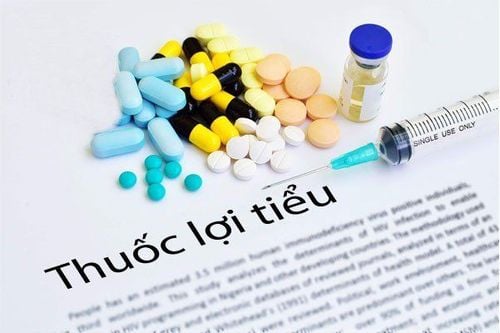
Sử dụng thuốc lợi tiểu tiềm ẩn nhiều rủi ro tới sức khỏe của vận động viên
7. Creatine
Many athletes take nutritional supplements instead of or in addition to performance-enhancing drugs. Supplements are available over-the-counter as a powder or pill. Creatine monohydrate is a popular supplement among athletes.
Creatine is a natural compound produced by the body that helps muscles release energy. Scientific research indicates that creatine may have some athletic benefits by producing small gains during short-term bursts of strength.
Creatine seems to help muscles make more adenosine triphosphate (ATP), store and transport energy in cells, and be used for fast activities, such as weightlifting or sprinting. But there's no evidence that creatine enhances performance in aerobic or endurance sports.
Risks
Possible side effects of creatine that can impair athletic performance include:
Stomach cramps Muscle cramps Weight gain Weight gain is sought after by athletes looking to increase size their. But with prolonged creatine use, weight gain is more likely to be the result of water retention than an increase in muscle mass. Water is drawn into your muscle tissue, away from other parts of your body, putting you at risk of dehydration.
It appears to be safe for adults to use creatine in doses recommended by the manufacturers. But there are no studies investigating the long-term benefits and risks of creatine supplementation.
8. Stimulants
Some athletes use stimulants to stimulate the central nervous system and increase heart rate and blood pressure.
Stimulants can:
Improve endurance Reduce fatigue Suppress appetite Increase alertness and aggression Common stimulants include caffeine and amphetamines. Cold medicines often contain the stimulants ephedrine or pseudoephedrine hydrochloride.
Energy drinks, popular with athletes, often contain high doses of caffeine and other stimulants. The street drugs cocaine and methamphetamine are also stimulants.
Risks
Although stimulants can enhance physical performance and promote aggressiveness on the field, they have side effects that can impair athletic performance, including:
Anxiety and irritability make it hard to concentrate on the game Insomnia, which can keep athletes from sleeping Dehydration Heatstroke Addiction or tolerance, meaning that athletes need larger amounts to get the desired effect, so they will taking a much higher dose than the intended medical dose Other side effects include:
Fast heartbeat Irregular heartbeat Weight loss Tremors Mild blood pressure (hypertension) Hallucinations Stroke Long-term effects of these medications Drugs that increase the effectiveness of exercise have not been studied closely. And the short-term benefits are capped by many risks. Not to mention that doping is banned by most sports organisations.
Please follow the website ( www.vinmec.com ) for more information on health care instructions, which we will update regularly.
Please dial HOTLINE for more information or register for an appointment HERE. Download MyVinmec app to make appointments faster and to manage your bookings easily.
Reference source: mayoclinic.org



